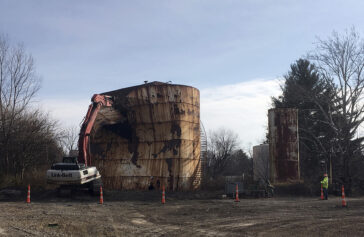Best of the States
The ‘Left Behind’; AP profiles the other victims of opioids
As the opioid epidemic barrels into its third decade, it’s increasingly hard to find fresh ways to report on the problem. One group that has always been present, usually in the background of stories, are the parents, hundreds of thousands of them who desperately tried to save their children, then buried them anyway. Louisville, Kentucky-based national writer Claire Galofaro chose to focus on them, the survivors who have lost the most to the epidemic.
The project involved journalists across formats throughout the country – Jae Hong, Steven Senne, Pat Semansky, Jeff Roberson, Mark Humphrey, Rodrique Ngowi, Krysta Fauria, Dario Lopez, Ricardo Alonso-Zaldivar and Carla Johnson – teaming with Galofaro and enterprise editors Pauline Arrillaga, Jeannie Ohm, Raghu Vadarevu and Enric Marti to think creatively about how text, video, multimedia and photos could work together.
The result was two beautifully written narratives paired with photographs, an extensive Q&A about the epidemic, a full video story and three digital videos in which we hear three different mothers talking about the extreme lengths they went to to try and save their children.
The series struck a raw nerve – engagement was extraordinary: The main story was No. 1 on apnews.com the day it ran, and it appeared on newspaper front pages nationwide. A week later, news outlets were still using it. Hundreds of readers sent emails and tweets. More than one person said that they felt like they were sitting with these families in their living rooms.
For a cross-format effort so intimate, so devastating, it recaptured the attention of a nation that had been exhausted by stories about the opioid epidemic, the team that produced the Left Behind package wins this week’s Best of the States award.








